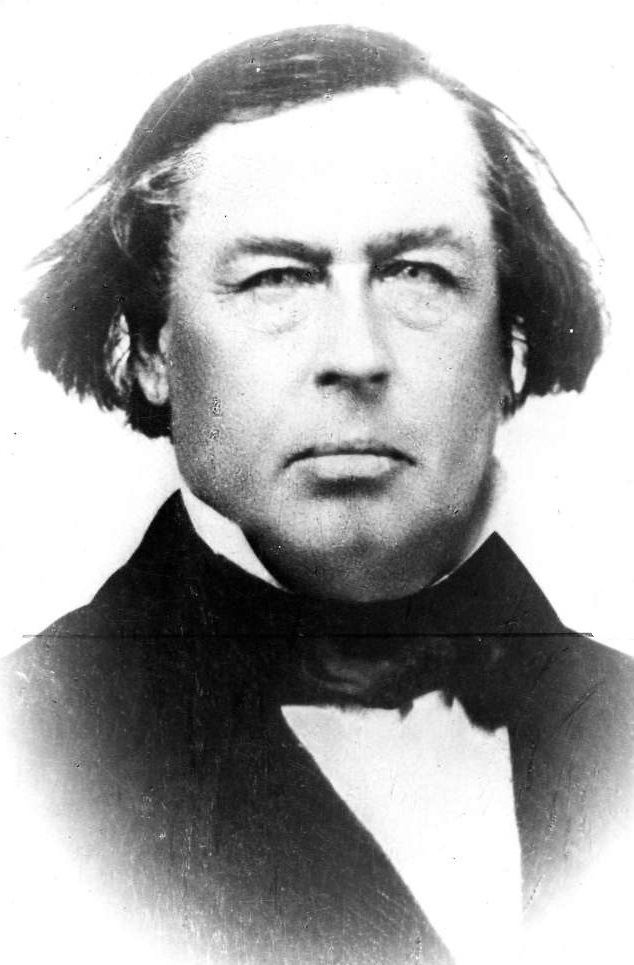Name James Ness | Succeeded by George J. Whelan Resigned July 7, 1856 | |
 | ||
Previous office Mayor of San Francisco (1855–1856) | ||
James Van Ness (1808 – December 28, 1872) was the seventh mayor of San Francisco, serving from 1855 to 1856.
Contents

Early life
James Van Ness was born in Burlington, Vermont in 1808. The son of Dutch-American Cornelius P. Van Ness (1782–1852), who served as Governor of Vermont, and Rhoda Savage (d. 1834), his first wife. He was the nephew of U.S. Representative John Peter Van Ness, and William Peter Van Ness, a federal judge.
Van Ness attended Norwich University, and graduated from the University of Vermont, receiving a Bachelor of Arts degree in 1825 and a Master of Arts in 1831. Van Ness later studied law and became an attorney, practicing in Vermont and Georgia before relocating to California.
Career
As a San Francisco alderman, he sponsored the "Van Ness Ordinance", which ordered all land within the city limits that was undeveloped at that time (that is, west of Larkin Street and southwest of Ninth Street) to be surveyed and then to be transferred to their original deedholders. Because there were many fraudulent deed holders at that time, this law led to many lawsuits for many years.
Van Ness was elected mayor as a Democrat in 1855. However, his administration proved ineffectual in the face of three major crises that arose. First, his election was called into question following allegations of irregularities in the outcome. Then, On November 18, 1855, Charles Cora fatally shot U.S. Marshal William H. Richardson. Cora sought the safety of the sheriff at the city jail and Van Ness pleaded with the mob that had surrounded the jail to disperse. Another high-profile murder occurred on May 14, 1856, when James P. Casey shot newspaper editor, James King of William after King wrote an unfavorable article about Casey. After King died on May 20, the Vigilantes reformed and tried Cora and Casey and convicted them of murder.
Van Ness tried in vain to have California Governor J. Neely Johnson to send state militia forces into the city to stop the executions. Yet he ultimately watched helplessly as the Vigilantes executed Cora and Casey. Van Ness would leave office in July under the terms of the Consolidation Act (passed by the State legislature on April 29, 1856), which provided for the merger of the city and county governments into one unit. The Van Ness Ordinance was the first step in the formation of the Western Addition district.
Van Ness would be the last mayor to be referred to as such during his term until 1862. Until then, the mayor would be known as the "President of the Board of Supervisors"
In 1860, he moved to San Luis Obispo County to practice law and became State Senator in 1871.
Personal life
In January 1836, Van Ness married Caroline Frances James Lesley (1808–1858). Together, they had two children:
Van Ness died on December 28, 1872 in San Luis Obispo, California.
Honors
Van Ness Avenue is named in his honor, as well as a street in Santa Cruz, Los Angeles and Fresno.
